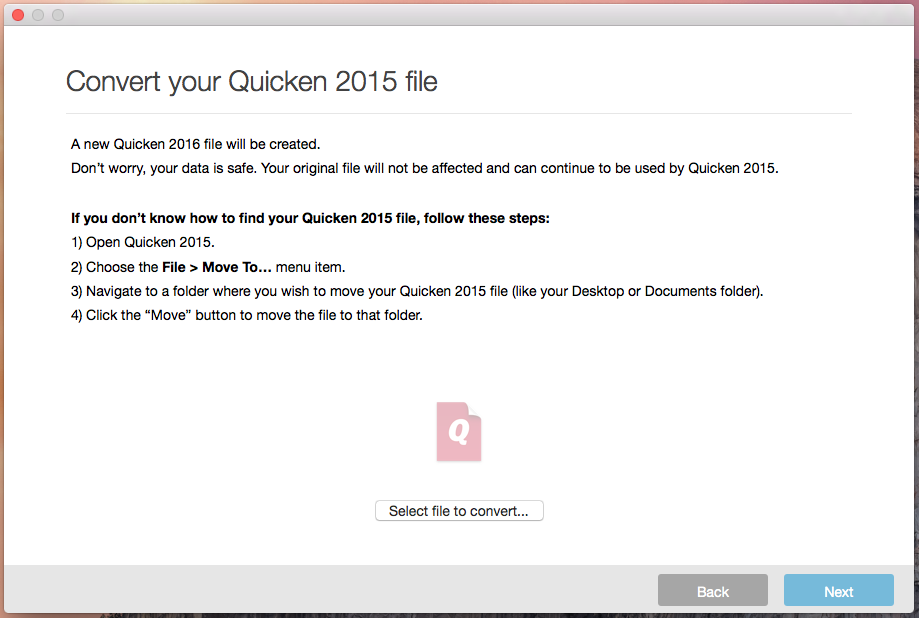How To Import Quicken Files To Excel
If your business uses Quicken Essentials for Mac, you can run financial reports and export the data for use with other programs such as Microsoft Excel. Exporting your reports to spreadsheet applications like Excel gives you the flexibility to incorporate other data with your Quicken report data. Exported files from Quicken Essentials for Mac are compatible with the Mac and Windows versions of Excel.
Step 1
Convert Quicken Files
Open the Quicken file that you want to export, then click 'File' and 'Export.'

Step 2
Currently, I import the file into one worksheet and cut/paste the rows manually into new worksheets/tabs. The files are very large, sometimes exceeding the 65,536 row limit, which I could avoid if the data was split out coming in. Any help anyone could provide would be WONDERFUL. To import a QIF file, select 'File' - 'Import transactions'. Then click 'Import File' and select created QIF file. Select a Quicken account to import. Then click the 'Continue' button. Now your data is imported. Review transaction after import. Download vanessa hudgens say ok zippy. Related articles. Convert CSV, Excel, PDF, QFX, QBO, OFX, QIF to CSV or Excel and import into Excel, Quickbooks Online, Xero, YNAB. To import a QIF file, select 'File' - 'Import transactions'. Then click 'Import File' and select created QIF file. Select a Quicken account to import. Then click the 'Continue' button. Now your data is imported. Review transaction after import. Related articles. Convert CSV, Excel, PDF, QFX, QBO, OFX, QIF to CSV or Excel and import into Excel, Quickbooks Online, Xero, YNAB.
Select 'To Excel Compatible Format' and enter a name for the file. Click 'Export.'
Step 3
Transfer and save the file to the Windows computer by email or another method.

Step 4
Open Excel, click 'File' and select 'Open.' Navigate to the exported Quicken file. Click on the file, and then click 'Open.'